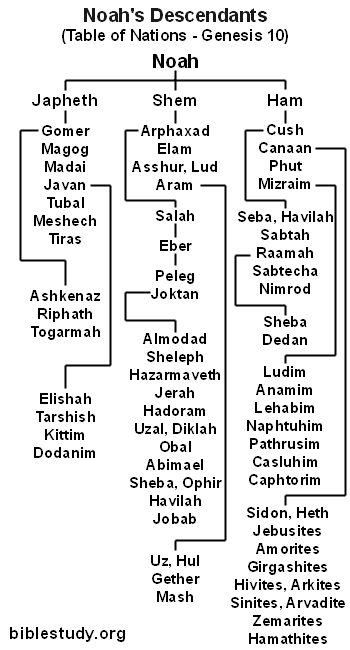The quest to uncover the mysterious location of Ophir, a place of great wealth mentioned in the Hebrew Bible, has intrigued scholars for centuries. Exploring the stories and clues within the Bible, we find references to this intriguing destination. Evidence of its existence can be found in the discovery of inscribed pottery shards unearthed in Tell Qasile, Mandatory Palestine (now Tel Aviv-Yafo, Israel) dating back to the 8th century BCE.

Ophir is mentioned several times in the Hebrew Bible. In Genesis 10, Ophir is described as one of the sons of Joktan, a great-grandson of Shem, the son of Noah. The books of Kings and Chronicles recount the joint expedition to Ophir led by Israelite king Solomon and Tyrian king Hiram I from Ezion-Geber, a Red Sea port, which brought back vast quantities of gold, precious stones, and algum wood. These expeditions were followed by the unsuccessful one led by Judahite king Jehoshaphat.
Aside from the Hebrew Bible, Ophir is also mentioned in the apocryphal book of the New Testament, the Cave of Treasures, which states, "And the children of Ophir, that is, Send, appointed to be their king Lophoron, who built Ophir with stones of gold; now, all the stones that are in Ophir are of gold."
Numerous theories have been proposed regarding Ophir's precise location. In the 10th century, Moroccan Jewish lexicographer David ben Abraham al-Fasi identified Ophir with Serendip, an old Persian name for Sri Lanka. In the 19th century, English lexicographer Sir William Smith, in his book "A Dictionary of the Bible," speculated that Ophir could be a place in Tamilakam, based on the Hebrew root "thukki" possibly connected to Tamil and Sinhala languages. This notion aligns with Jewish and Arab traditions that associate Ophir with Uvari (now part of Tamil Nadu, India) on the Indian subcontinent.
While the Indian subcontinent is a popular candidate for the location of Ophir, some believe it could be in Africa. Portuguese scrivener Thomé Lopes, a companion of Vasco da Gama, suggested that Ophir might refer to Great Zimbabwe, a historical center of gold trade in Africa during the Renaissance. In the 17th century, English poet John Milton, in his epic poem "Paradise Lost," mentioned Ophir and placed it in Sofala (now Nova Sofala, Mozambique).
Is there a possibility that Ophir could be located in Southeast Asia? A document from 1519-1522 in the Archivo General de Indias, Sevilla, Spain, provides travel directions to a place called Ophir. The instructions start from the Cape of Good Hope in Africa, leading to India, through Burma (now Myanmar), Sumatra, the Maluku Islands, Borneo, Sulu, China, and finally reaching Ophir, said to be in the Philippines. The claim that Ophir is in the Philippines is also supported by Dr. José Rizal, a polymath from the Philippines, who mentioned that Ophir could be situated in part or whole on Luzon.

Furthermore, a genealogical map created by British cartographer Robert Wilkinson in 1823 places Ophir in Indonesia (then the Dutch East Indies), with the inscription Ophir located in the middle of Borneo and Sulawesi. In this map, Ophir is included as one of the regions descended from Shem.
With the variety of theories and claims, the location of Ophir in the Bible remains a subject of ongoing debate. Research is still open, and new discoveries could shed light on whether Ophir is indeed located in Southeast Asia or elsewhere.



















